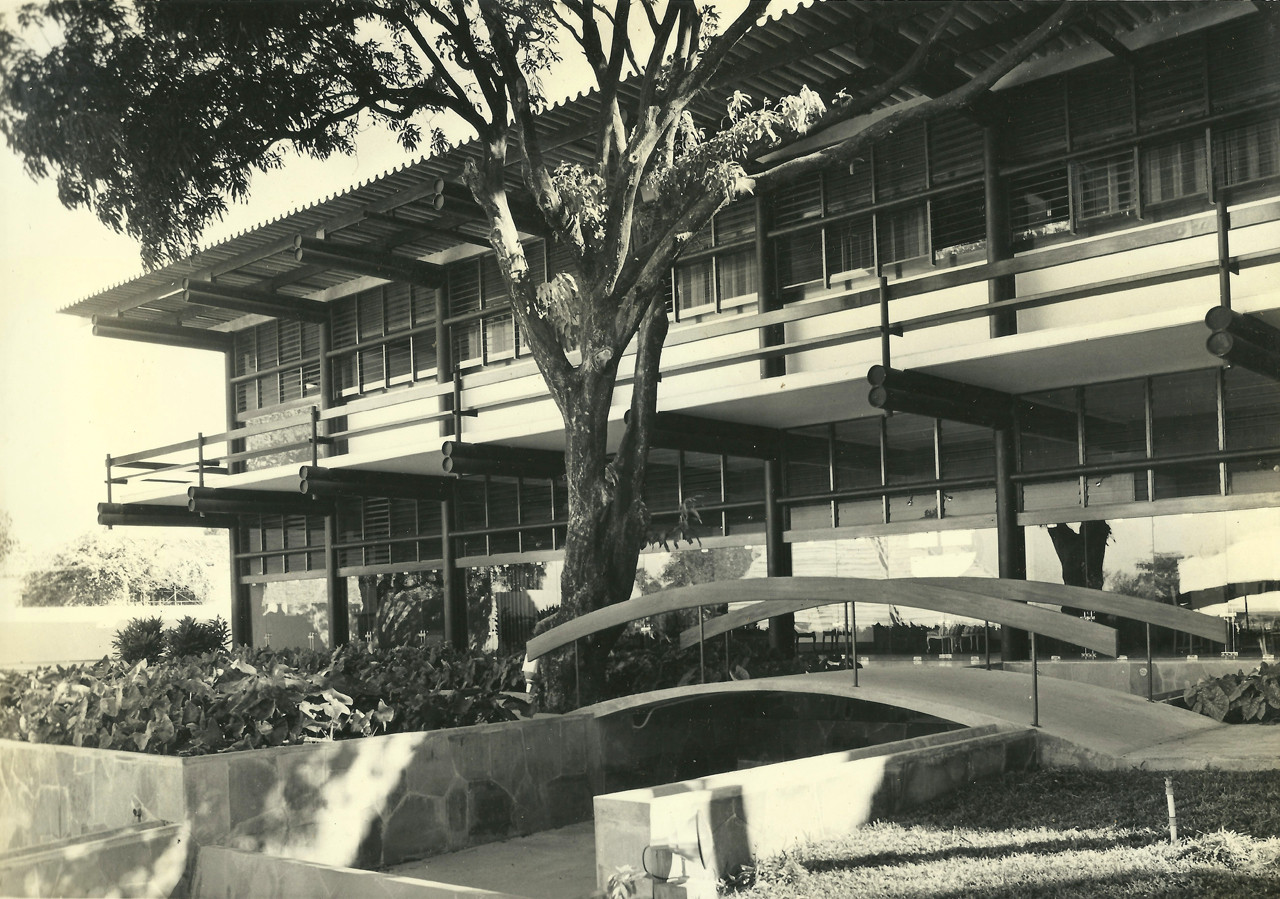Few remember the name Sérgio Bernardes. A prominent Brazilian architect in the 1960s, Bernardes was a contemporary of Oscar Niemeyer, renowned for his elegant upper-class houses, as well as his fondness for car-racing and womanizing. In the latter half of his career, Bernardes turned away from the decadence of high society, devoting himself to solving the world’s problems through his progressive strain of architecture. This devotion led him to partner with the Brazilian dictatorship, believing that he could reform the government from within. The result was a series of unsuccessful projects that left him unpopular and eventually ignored by the public. Now, a documentary about the rise and fall of this once-iconic architect has premiered this week in London. Titled Bernardes, and directed by Paulo de Barros and Gustavo Gama Rodrigues, the film explores the series of events that led Bernardes to anonymity.
Through interviews with those who knew him best, as well as archived footage and drawings, the documentary follows Bernardes from his early career until his eventual fade from high-society limelight. It is told from the eyes of his grandson Thiago, who is also an architect, as he attempts to understand the charismatic and mysterious figure that was his grandfather.

The film begins with his early success. Bernardes was a prolific architect, with over 6,000 projects to his name. He designed his first house when he was 15. A Modernist designer, he became well-known for his innovative use of steel framing and concrete, as well as his respect for the environment. His Casa Lota de Macedo Soares and the 1958 Brussels Pavilion are but a few examples. As his career progressed, Bernardes became increasingly focused on using architecture as a way of reforming urban life, and improving architecture’s impact on society. His pragmatic approach to his work led him into collaboration with his country’s militant government.

The work Bernardes completed during this time became unpopular both with the populace and with the leadership. Citizens saw his projects as monuments to the dictatorship, while the dictatorship disliked his attempts to use his designs as a means of effecting change within the government. President Giesel eventually terminated contracts with Bernardes, marking the beginning of the end of the architect’s career.
.jpg?1421183763)
The years that followed saw Bernardes’ failed attempt at running for Mayor of Rio de Janeiro, and a string of ever more grandiose projects. These included mile-high buildings to solve housing shortages, and 30,000km aqueducts to bring water to northeast Brazil. His brief infamy as government architect earned him few supporters, and his work was noted by fewer and fewer people as time went on. He was virtually anonymous by his death in 2002.
Bernardes premiered January 13th at the Barbican, London, at 7pm.

